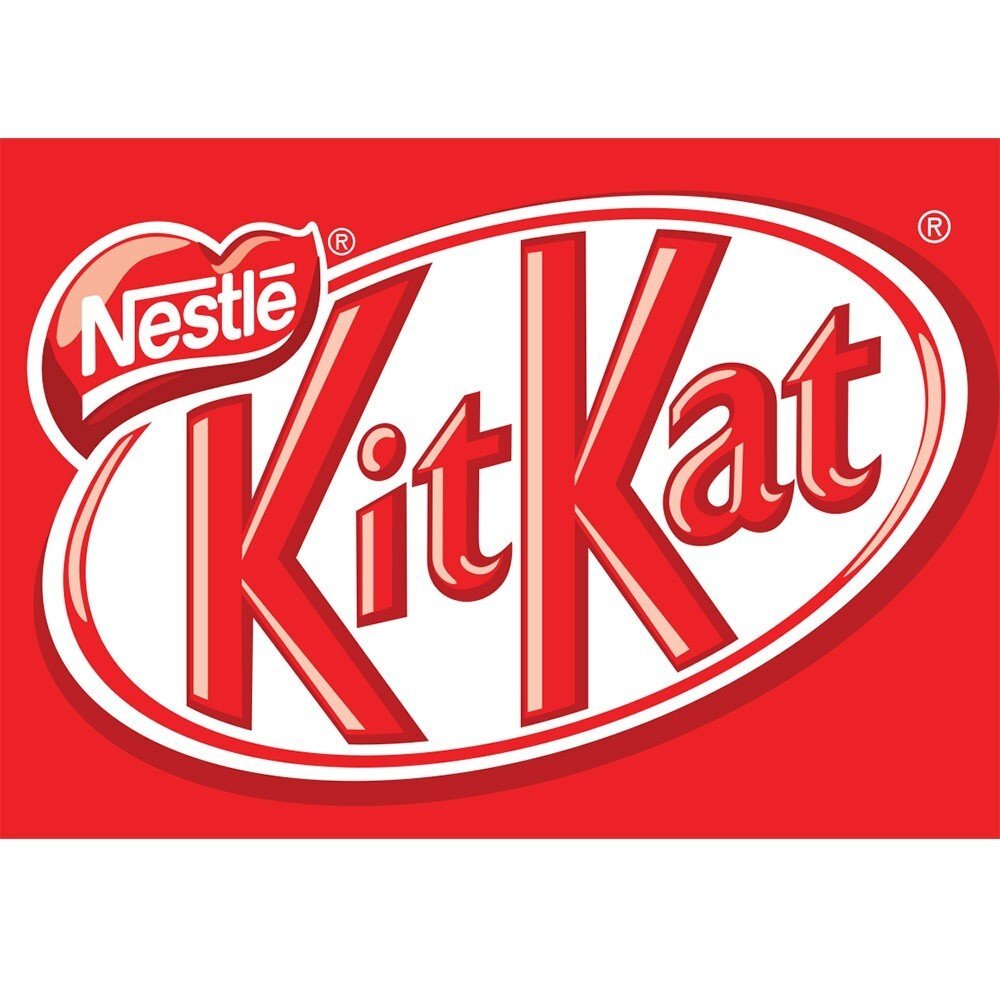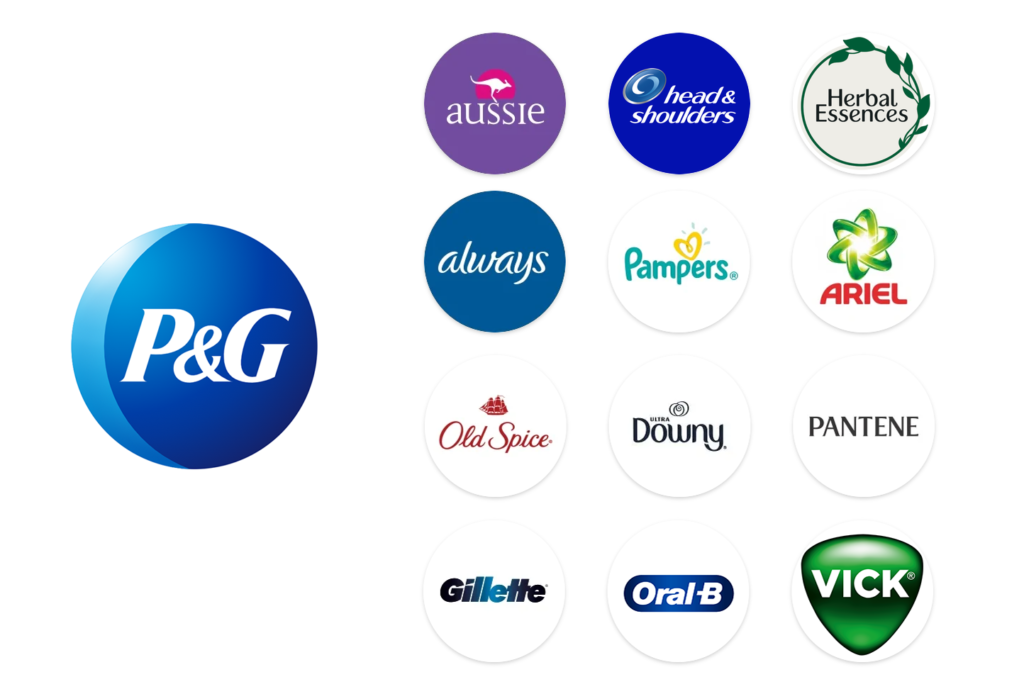You know that iMac, iPhone, iPad and iCloud are part of the same family of products and services, right? And, maybe not everyone knows, but the Oreo cookie, Trident gum, the Halls bullet and Milka chocolate are also from the same manufacturer.
Okay, but why am I telling you all this?
First, because the same thing happens here at Rock Content. Products like Ion and WriterAccess, and initiatives like the Jam Sessions webinar series and our interactive newsletter The Beat all form part of our parent brand umbrella.
And, secondly, because it is essential for all companies that operate in this format (they have by-products and services within the brand) to think about brand architecture.
A term that, in theory, may even seem simple. But, if poorly executed, it can easily make your brand fall into some pitfalls.
That’s why today I’m going to show you why it’s important to have brand architecture and how we organize brands and sub-brands here at Rock Content. Let’s go!
What is brand architecture?
Brand Architecture is nothing more than the way companies organize and structure their brands within their portfolio. It must clearly, coherently and efficiently define the hierarchical relationships and interaction between brands and sub-brands belonging to a company.
Why have brand architecture?
Organizing the Brand’s Architecture helps to establish a brand management framework, which will guide decision-making processes related to branding and marketing of a company. In addition, there are at least 7 good reasons to create and put architecture into practice:
1. Brand portfolio management
Brand architecture helps to better manage a company’s brand portfolio and allows it to have visibility of strengths, weaknesses and potential synergies between different brands. This good management supports future decisions involving rationalization (reduction in the number of brands), expansion or acquisition of new brands.
2. Strategic alignment
Brand architecture ensures that all brands within the portfolio are aligned with the company’s overall goals and strategies. It helps to outline a direction for the development and expansion of brands, allowing for a more assertive allocation of resources.
3. Resource optimization
With a clear and concise brand architecture, it is possible to optimize marketing resources through a framework that guides the construction of new brands and sub-brands within the portfolio. This optimizes brand creation time and efforts, as well as avoiding possible redundancies.
4. Brand differentiation
An effective brand architecture helps distinguish the various brands within a portfolio. It allows brands to have a specific target audience, positioning and value proposition, avoiding problems such as ambiguity and confusion between very similar brands, for example.
5. Consumer perception
Brand architecture influences how customers and consumers interact with a company’s brand. A well-designed architecture favors a cohesive and consistent brand experience, building a relationship of trust, loyalty and recognition among consumers.
6. Fusions and acquisitions
In situations such as mergers, acquisitions or partnerships, brand architecture is essential. It helps the company determine how to integrate new brands into the existing portfolio, ensuring a smooth transition and in alignment with the overall brand strategy.
7. Brand Extension
Brand architecture determines the guidelines for extending a brand or launching new products or services under an existing brand. Architecture helps companies assess fit and potential impact on core brand equity.
What are the types of brand architecture?
There are different approaches when structuring brand architecture. Some factors such as the quantity and variety of products and services and the company’s brand strategy directly influence which model to follow. An important point to highlight is that the architecture can be applied to both corporate and product brands. We have made this division below so that the descriptions and examples are clearer. Among the most popular types of brand architecture are:
Corporate brand architectures:
Branded House, Masterbrand:
In this approach the emphasis is on a strong and dominant mother/parent brand. All products, services, sub-brands and their variations revolve around it and almost always share the same visual identity and even name with the main brand. The classic examples here are Google and IBM.
Endorsed:
In this model the main brand is still present, but in the form of a visual or verbal endorsement. That is, sub-brands always have a text element (or even the logo itself) referring to the parent brand. An interesting highlight of this approach is that, while the presence of the parent brand provides credibility to the sub-brands, they in turn have their own identities and value propositions. Among the most famous examples are Nestlé and Kellogg’s.

Product brand architectures:
Independent (House of Brands):
This type of architecture presents brands that are very independent and distinct from each other: each with its own name, visual identity and positioning. The parent brand is not explicit and in many cases is not even represented. Something interesting about this model is that, because they are very different brands, the positive or negative exposure of one does not have a great impact on the “sister” brands or the mother brand when compared to the other types of architecture. In an extreme example, a boycott of a House of Brands sub-brand is much less likely to affect the other brands in the group than a boycott of an endorsed sub-brand or a monolithic model. In this model we find brands like Unilever and Procter & Gamble.

Mother Brand (Branded House, Masterbrand):
Similar to the monolithic model, but applied to products in this case. Opposed to the House of Brands approach, it uses the parent brand as a guide and all derived sub-brands share the same visual identity and are directly associated with the main one. The most famous example is with Apple and its products iPhone, iPad, iMac, iCloud.
Hybrid:
This more complex approach combines elements of corporate and product brand architecture. In this way, we can find sub-brands very close to the parent brand, others endorsed and even independent brands. The level of integration and hierarchy between brands can be separated by categories (such as products or events), by product lines or by business units (such as Samsung derivatives: Samsung Electronics and Samsung Life Insurance).
It is important to point out that these brand architecture models are not mutually exclusive. Companies can adopt variations and hybrid models according to their needs and strategies.
And how does it work at Rock Content?
Currently at Rock Content we use a brand architecture with a hybrid model, in which we separate our brands into different categories. For each category we have a set of well-defined application rules. After listing the rules, we give examples of correct applications and compare them with those that deviate from the established standard. This documentation generates a framework that greatly speeds up the process of creating a new brand, since it is enough to identify the category to which the brand belongs and apply the rules so that you have a logo in compliance with the established brand architecture.

The following is a summary of how the architecture works:
Main brand
First we have our main brand, formed by the blue icon representing “content” and the “rockcontent” logo. Typography will be a constant element in all architectural brands. The rules here are very strict so that we can preserve the integrity and consistency of the brand.

Brands of products
Product brands follow the endorsed model and are very close visually to the main brand. They each have their own icon, but in the same format as the parent brand, always followed by the product name. They are endorsed by the tagline “by rockcontent”. This custom icon formula is unique to product brands.


Projects and initiatives
These are sub-brands that follow a model very similar to the monolithic one: the Rock Content icon and the prefix “Rock” precedes the name of the project or initiative, as is the case with Rock.org from the Rock Partner Program.


Events and content initiatives
These are endorsed brands that follow a less rigid pattern of creation. The typography and tagline “by rockcontent” remain, but it is possible to use graphic elements in the style used by Rock Content and work the brands with other colors from our palette.

Internal campaigns and initiatives
This category takes the closest approach to the House of Brands, in which the brands are more independent from the main brand and also do not have any endorsement elements. In this case, the focus should be on creating a wordmark, i.e. a predominantly typographic brand and – for this reason – it is allowed to combine 2 different typographies, as long as one of them is our official font, present in all other categories . As they are internal use brands, they do not carry the tagline. It is also allowed to use other colors, as long as they are in the official palette.



Wow! We saw a lot of information today: what brand architecture is, why it is important, what the most common types are, and we also saw an example applied here at Rock Content. We hope that this article has helped you to better understand a subject that is so important for the Branding and brand management area. See you!
Do you want to continue to be updated with Marketing best practices? I strongly suggest that you subscribe to The Beat, Rock Content’s interactive newsletter. We cover all the trends that matter in the Digital Marketing landscape. See you there!







